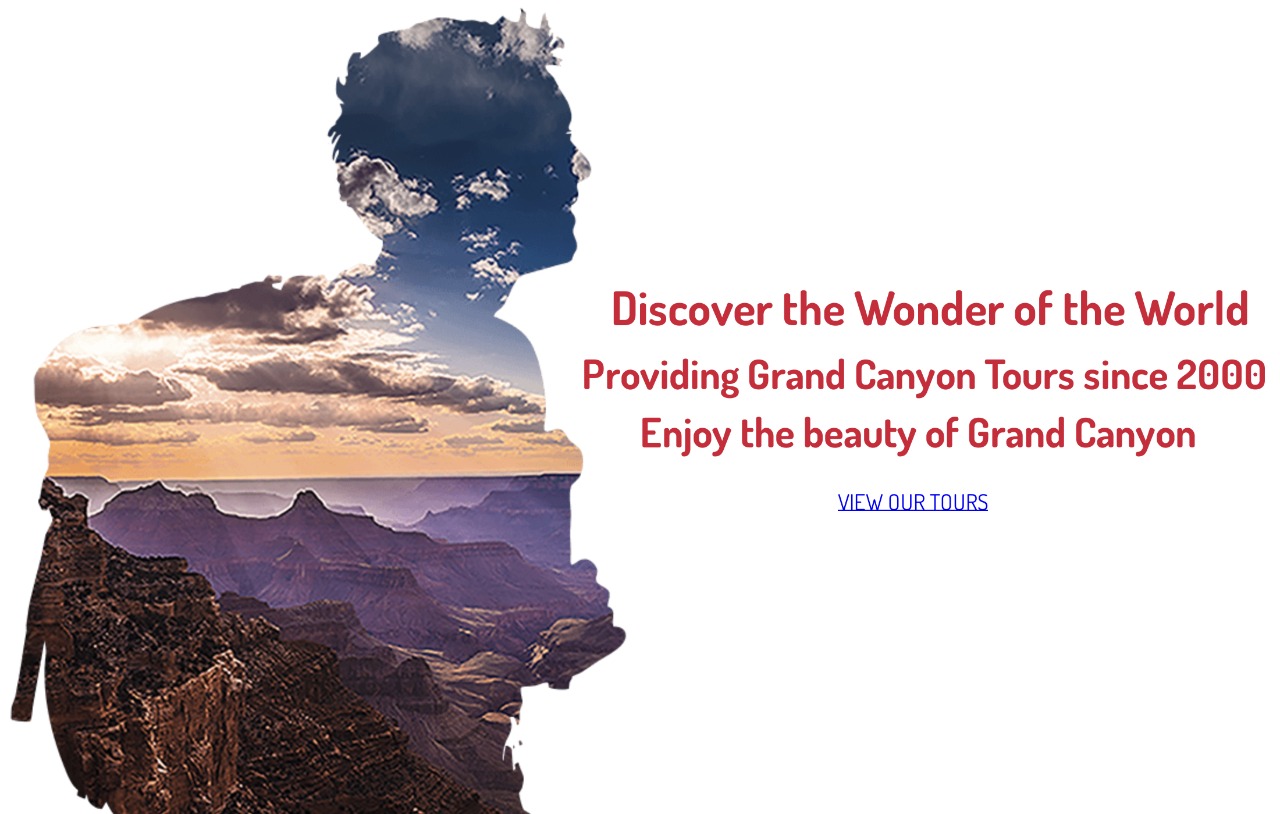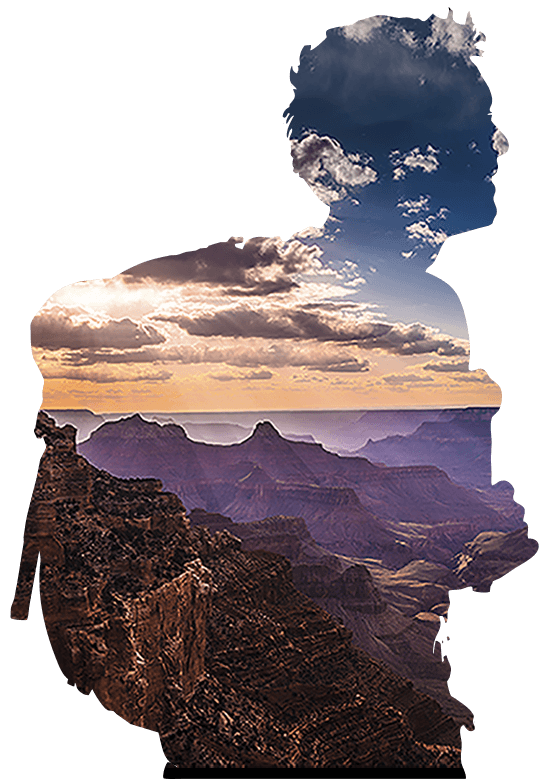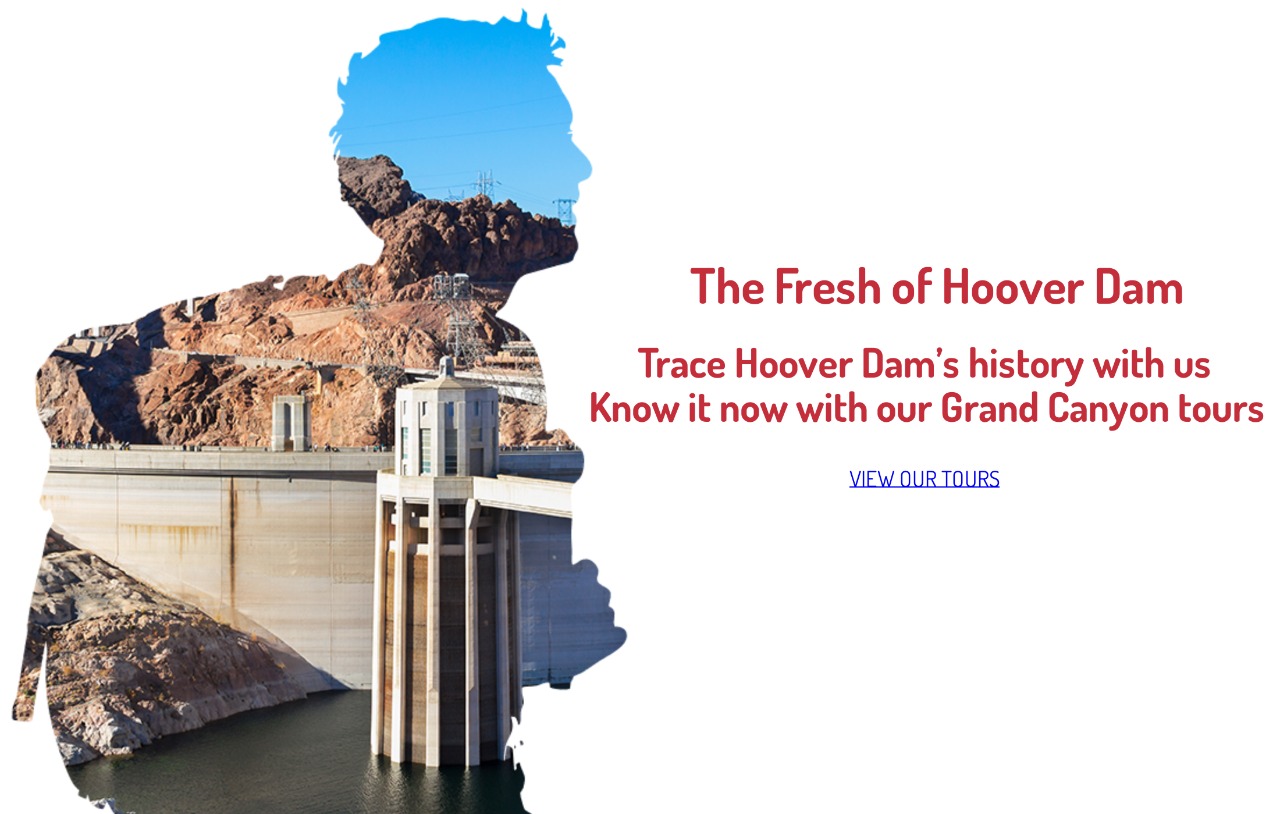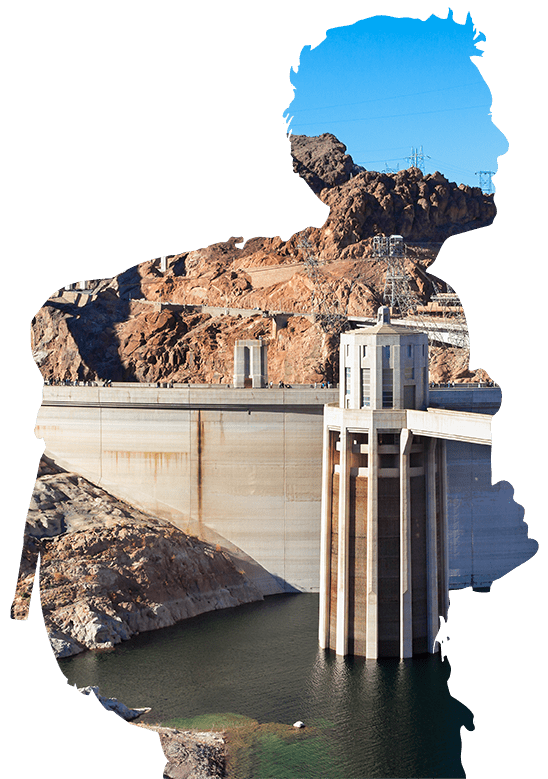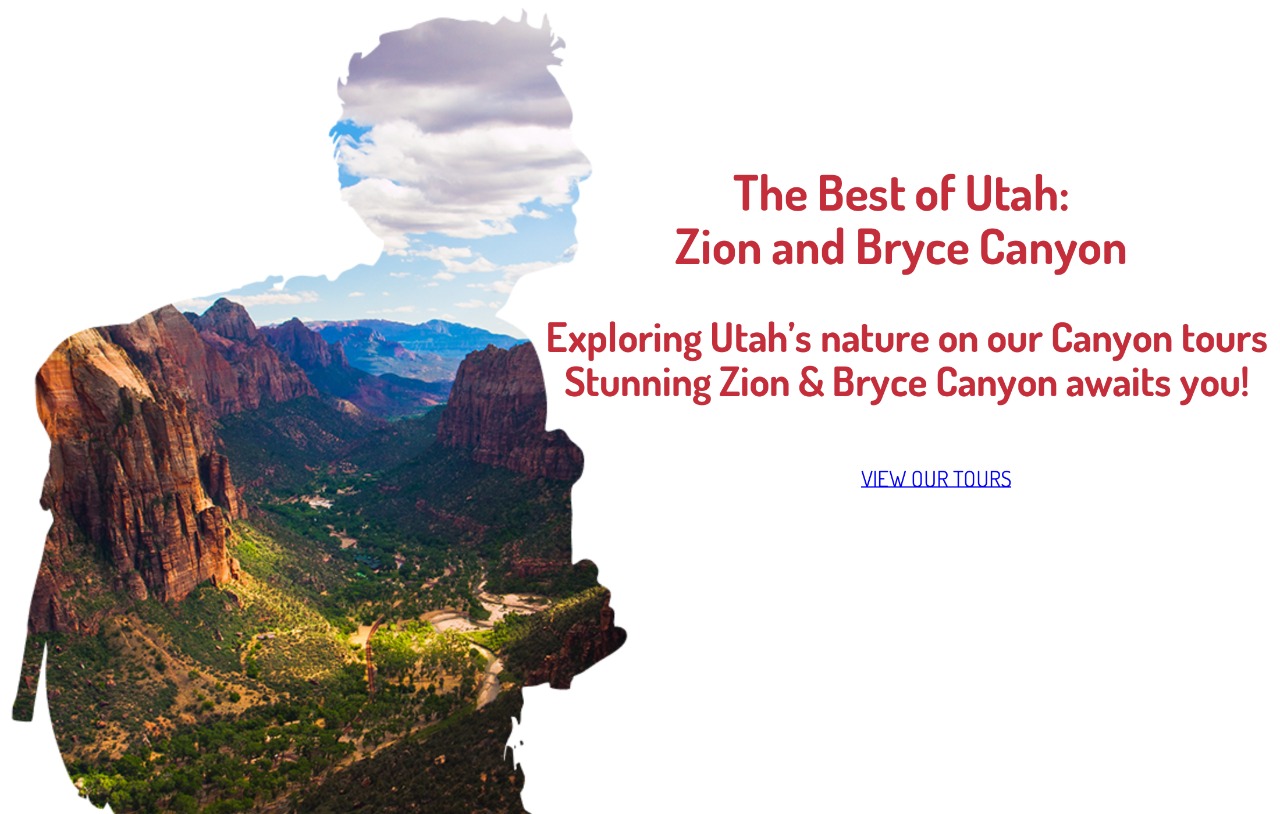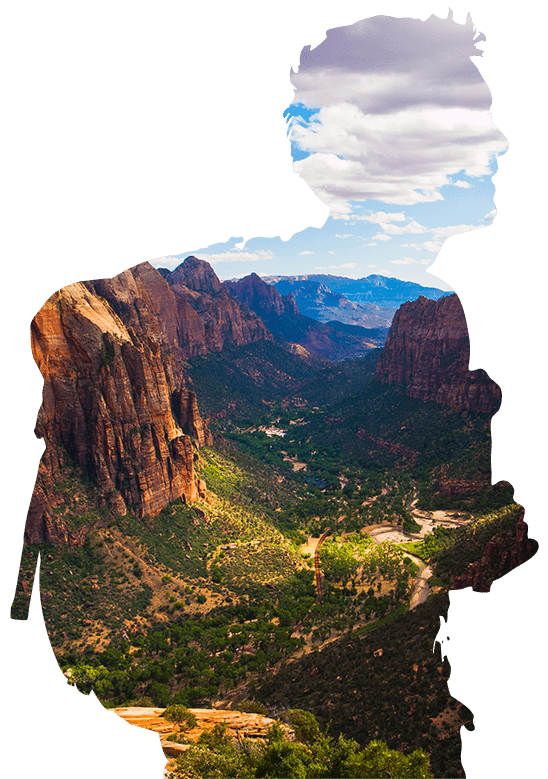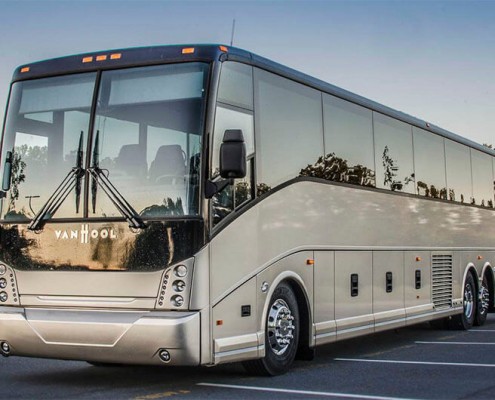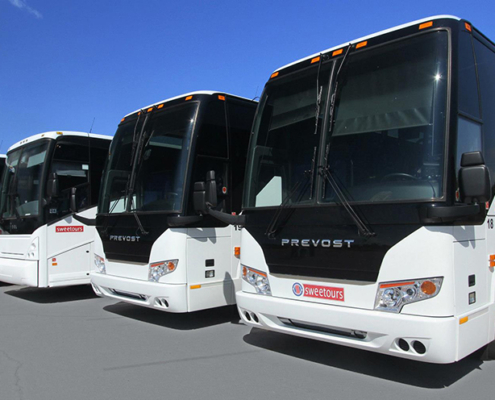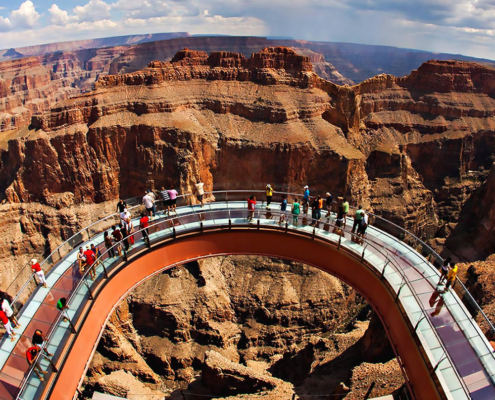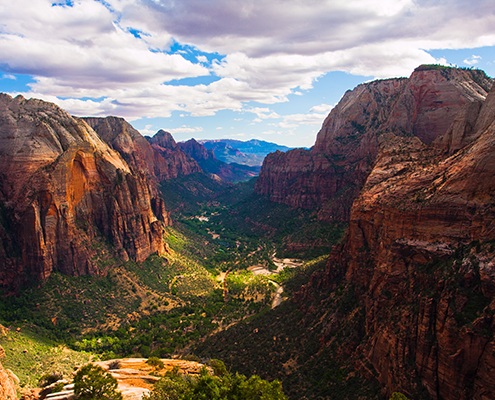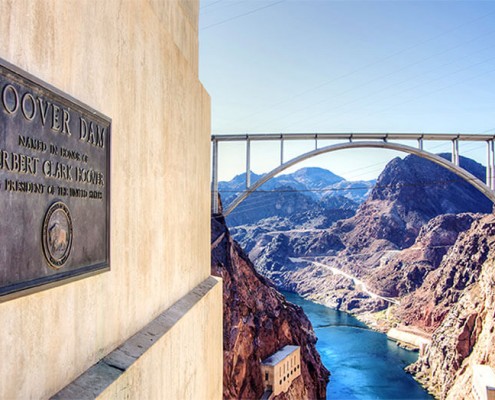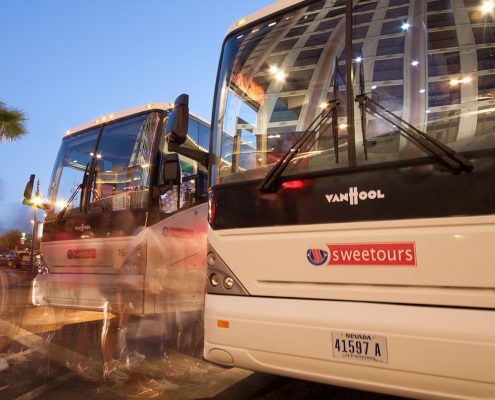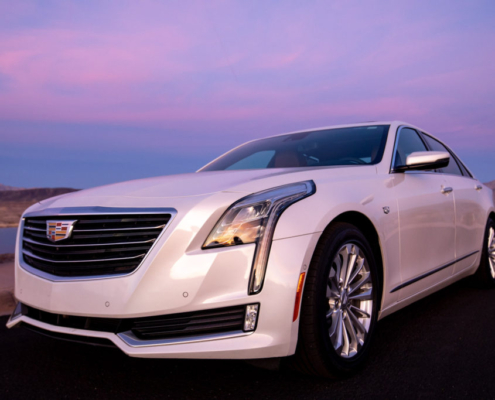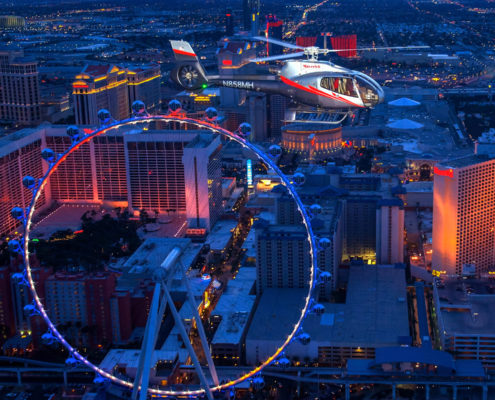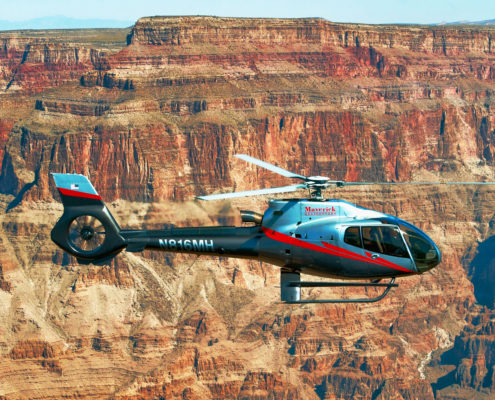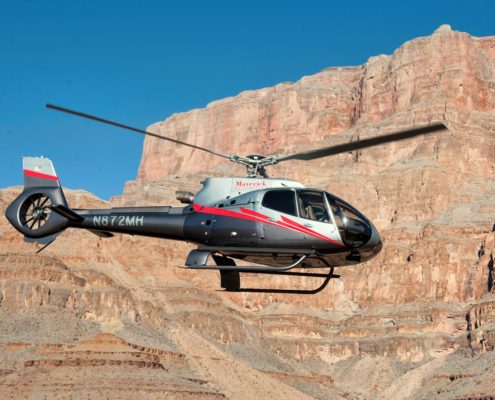TOURS
Premium Bus Tours & Transportation Solutions!
Sweetours has been providing tours and transportation with our state-of the art vehicles, professional drivers/guides and personable customer service agents. Bus tours, SUV tours, Helicopter tours, or Private tours, which suits you best?
- Grand Canyon South Rim Tour
- Hoover Dam Tour
- Las Vegas Night Flight
- Grand Canyon West Rim Tour
- Specialty & Private Tour
- West Rim Wind Dancer
- Zion or Bryce Canyon Tour
- VVIP Private Tour
- Discovery Flight Grand Canyon West
CHARTERS
Customizable Tours for Domestic and International Travel Groups!
Sweetours specialize in providing transportation to Domestic and International Travel Groups. Customize your tour to meet the needs of your group regardless of the size.
- Airport Shuttles
- Custom Private Tours & Charters
- “Over The Road” Charters
- Special Events
- School Activities


